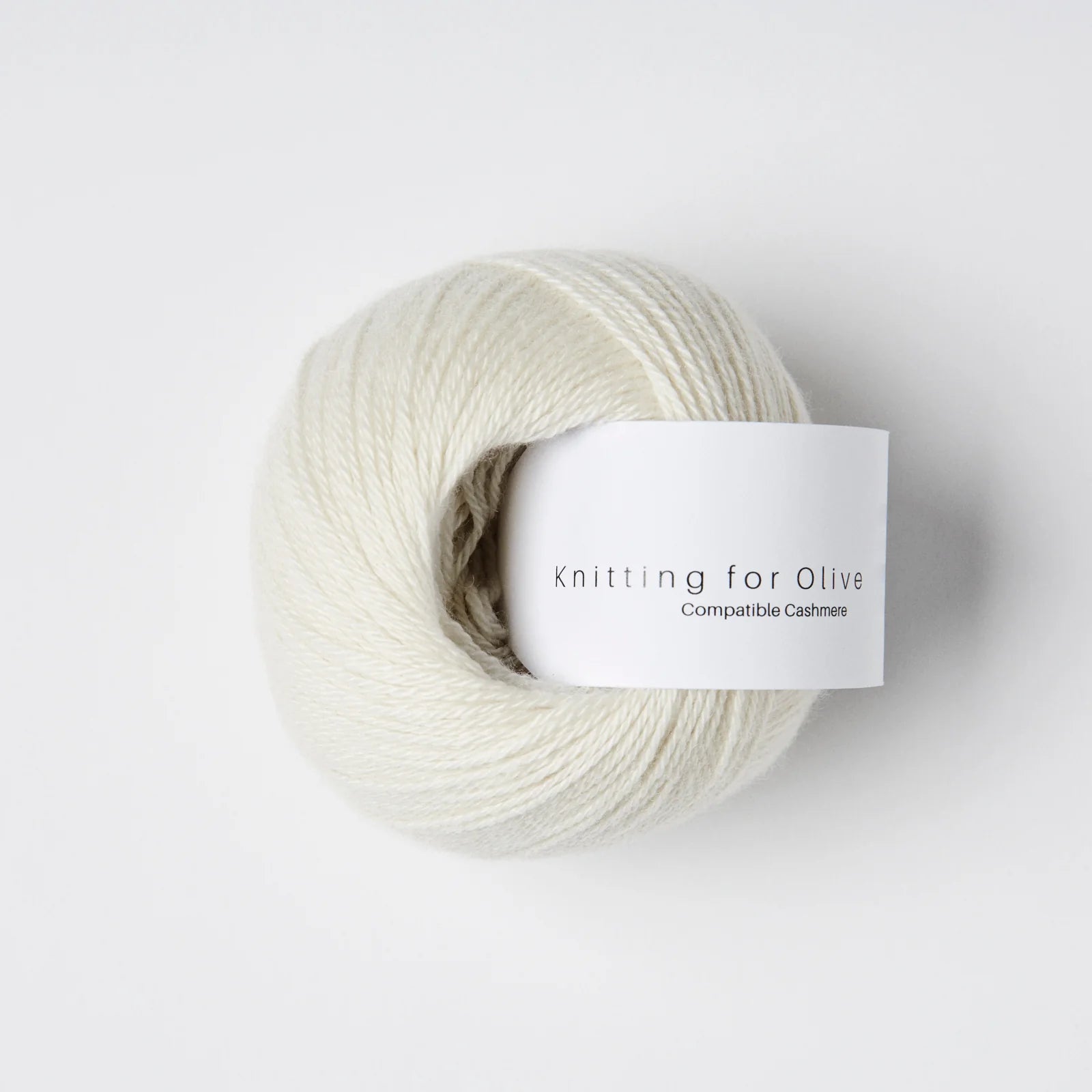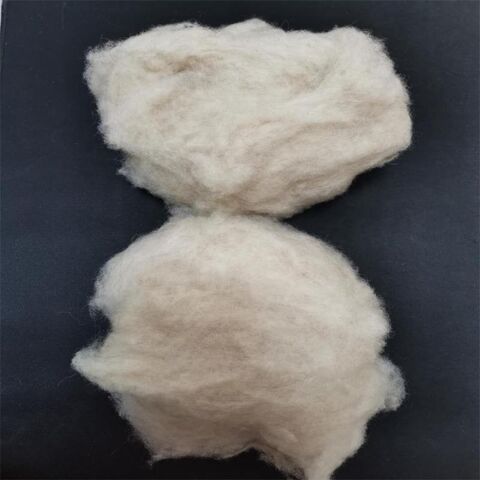How is cashmere Fibre Produced and Why Is It So In Demand?
How is cashmere Fibre Produced and Why Is It So In Demand?
Blog Article
Comprehending the Various Types of Cashmere an All-natural Fiber and Their One-of-a-kind Advantages

The Origins of Cashmere: A Historical Review
While the lavish touch of cashmere continues to appeal modern-day consumers, its origins map back to the extreme, cool climates of Mongolia and the Mountain ranges. For centuries, the indigenous individuals of these areas have been increasing Capra Hircus goats, the prime resource of cashmere wool. These goats, durable versus the severe winter seasons, grew a great undercoat to endure, which later on became referred to as cashmere. The name itself pays tribute to Kashmir, an area in India where the woollen was originally processed. Much of the early cashmere trade path was facilitated by the Silk Road, linking Asia with the Center East and Europe. Regardless of its global spread, the finest cashmere is still believed to originate from the original regions of Mongolia and the Himalayas.

The Manufacturing Process: From Goat to Garment
Shearing a Capra Hircus goat marks the beginning of the elaborate cashmere manufacturing process. The resultant raw cashmere is then washed to eliminate contaminations such as dust, veggie, and oil matter.
The clean fiber goes through coloring, rotating, and weaving, or knitting, to transform it right into a textile. Facility treatments such as quality control checks and finishing processes follow, guaranteeing the end product preserves the lavish criterion expected of cashmere. This meticulous process, from goat to garment, validates the high cost affixed to cashmere items, making them an icon of high-end and refinement.
The Various Sorts Of Cashmere: A Thorough Evaluation

The One-of-a-kind Benefits of Cashmere: Comfort and Sustainability
Relocating from the selection of cashmere kinds to the advantages they supply, comfort and sustainability stand out prominently. Cashmere, a natural fiber, is renowned for its unrivaled softness, offering a degree of comfort that synthetic fibers can not match.
When it pertains to sustainability, cashmere is biodegradable and eco-friendly, as it's harvested from cashmere goats that regrow their coats yearly. what is cashmere. Unlike synthetic fibers which can take centuries to decompose, cashmere's influence on the environment is minimal. This combination of convenience and sustainability makes cashmere a valuable choice for conscious customers

Caring for Your Cashmere: Maintenance and Conservation Tips
While cashmere is undoubtedly a sustainable and luxurious option, view it it requires specific like preserve its top quality and expand its lifespan. To begin, cashmere must be hand washed making use of chilly water and a light cleaning agent. Prevent twisting or wringing the garment as it can harm the fibers. Instead, gently eject excess water and lay it level on a towel to dry. Cashmere products need to be kept in a completely dry and awesome location, away from direct sunshine and wetness. Utilizing moth repellents can safeguard these garments from prospective damages. It's advisable to prevent hanging cashmere to avoid extending. Rather, layer and store them effectively to keep their shape and high quality over time.
Buying Cashmere: Understanding Its Worth and Worth
Although cashmere may at first look like a costly financial investment, its long-lasting value and worth become obvious when you consider its impressive top qualities. Understood for its unmatched softness and warmth, cashmere is here are the findings a premium natural fiber that outmatches other products. Its high need and limited supply add to its high cost, however its durability ensures it lasts for years, supplying excellent value for money. Cashmere items are ageless, commonly coming to be treasures passed down via generations. what is cashmere. In addition, its all-natural protecting buildings supply warmth without the bulk of synthetic fibers. Spending in cashmere, for that reason, is not just regarding current style patterns, but about welcoming a sustainable, long-lasting, and luxurious way of life.
Verdict
In recap, the kind of cashmere one selects, be it Mongolian, Chinese, or Italian, is dictated by private choices for warmth, spending plan, sustainability, and deluxe. The worth of cashmere expands beyond its rate, with comfort and longevity contributing to its worth. Appropriate treatment and upkeep can ensure its conservation. Therefore, comprehending the origins, Source manufacturing procedure, and distinct benefits of different types of cashmere can assist customers in their financial investment in this luxurious natural fiber.
Whether it's the exceptional heat of Mongolian cashmere, the cost of Chinese cashmere, or the eco-conscious production of Italian cashmere, there's a story to be discovered behind each fiber kind. Cashmere, an all-natural fiber, is renowned for its unrivaled softness, giving a degree of convenience that artificial fibers can't match.When it comes to sustainability, cashmere is renewable and eco-friendly, as it's gathered from cashmere goats who regrow their layers yearly. Understood for its unrivaled softness and heat, cashmere is a premium all-natural fiber that outshines other products. Comprehending the beginnings, manufacturing procedure, and unique advantages of different types of cashmere can lead consumers in their investment in this extravagant natural fiber.
Report this page